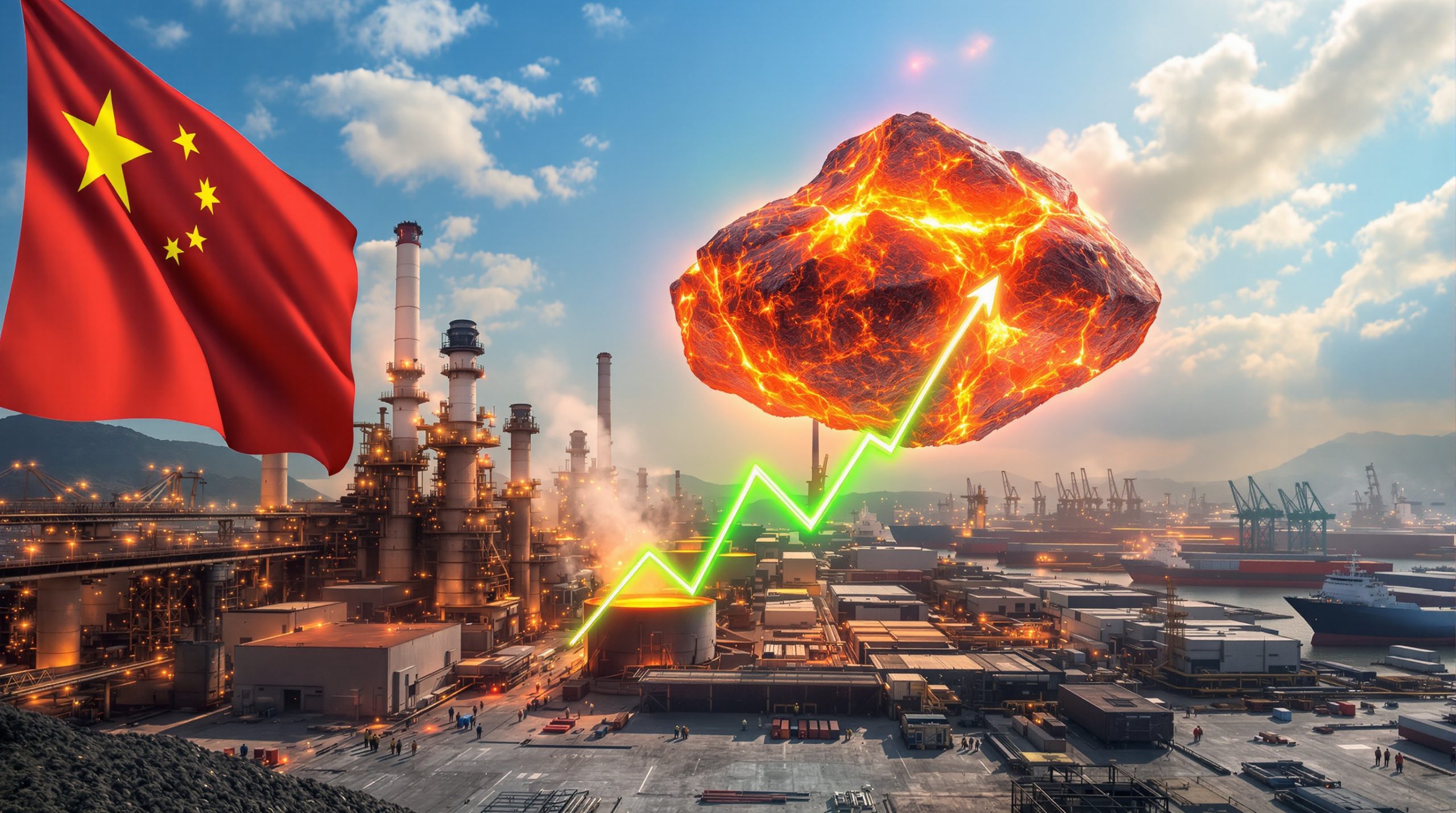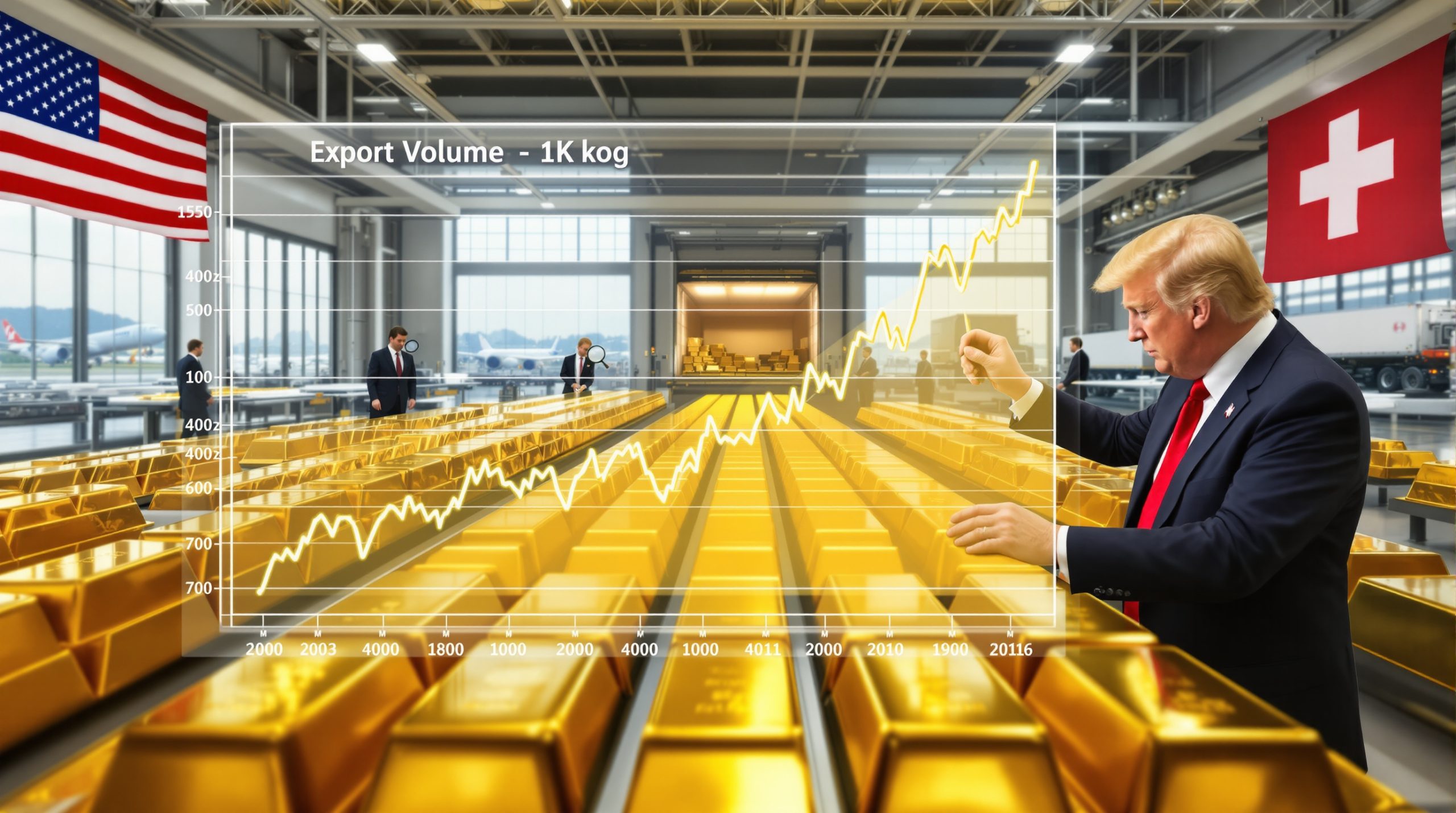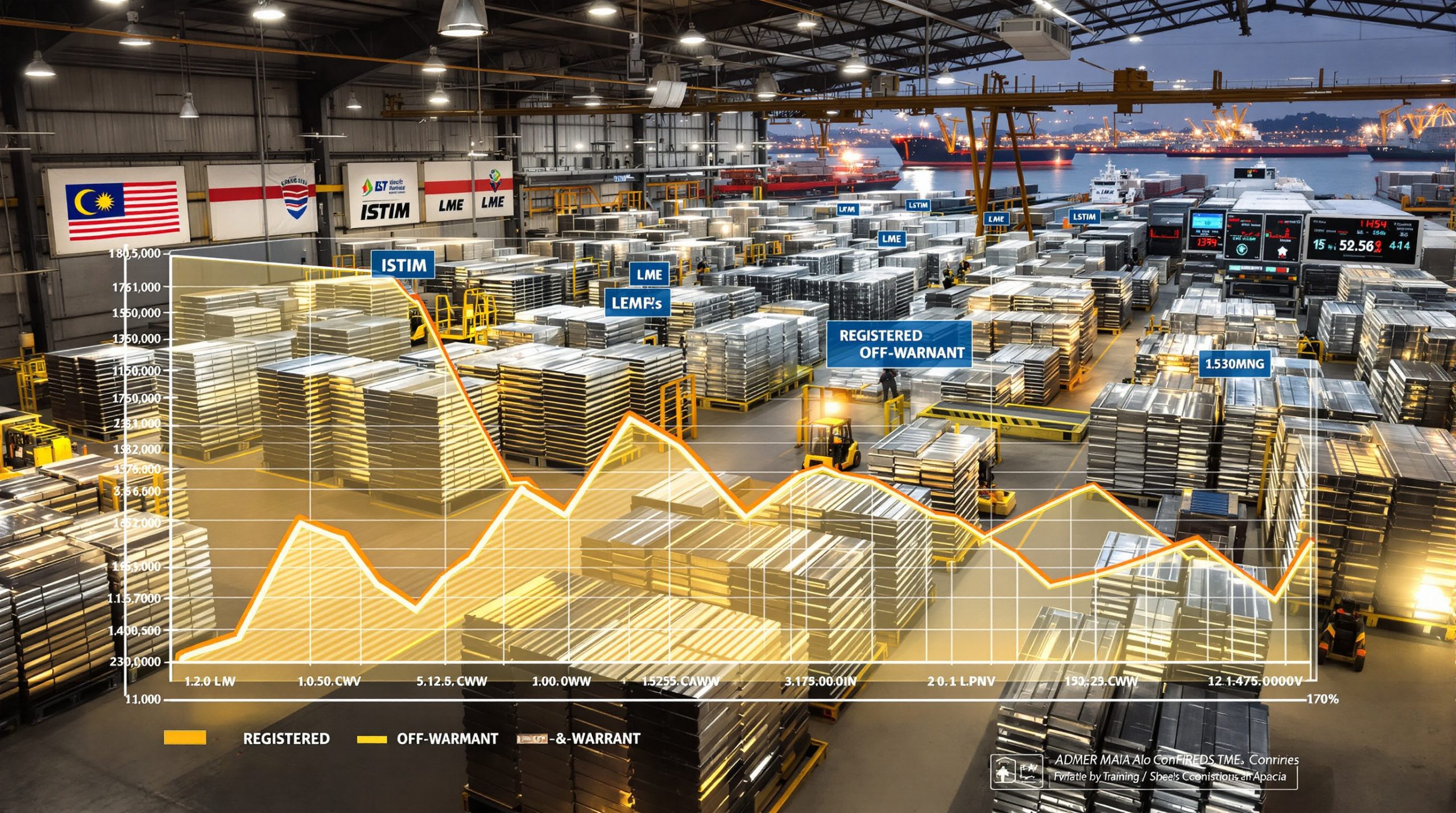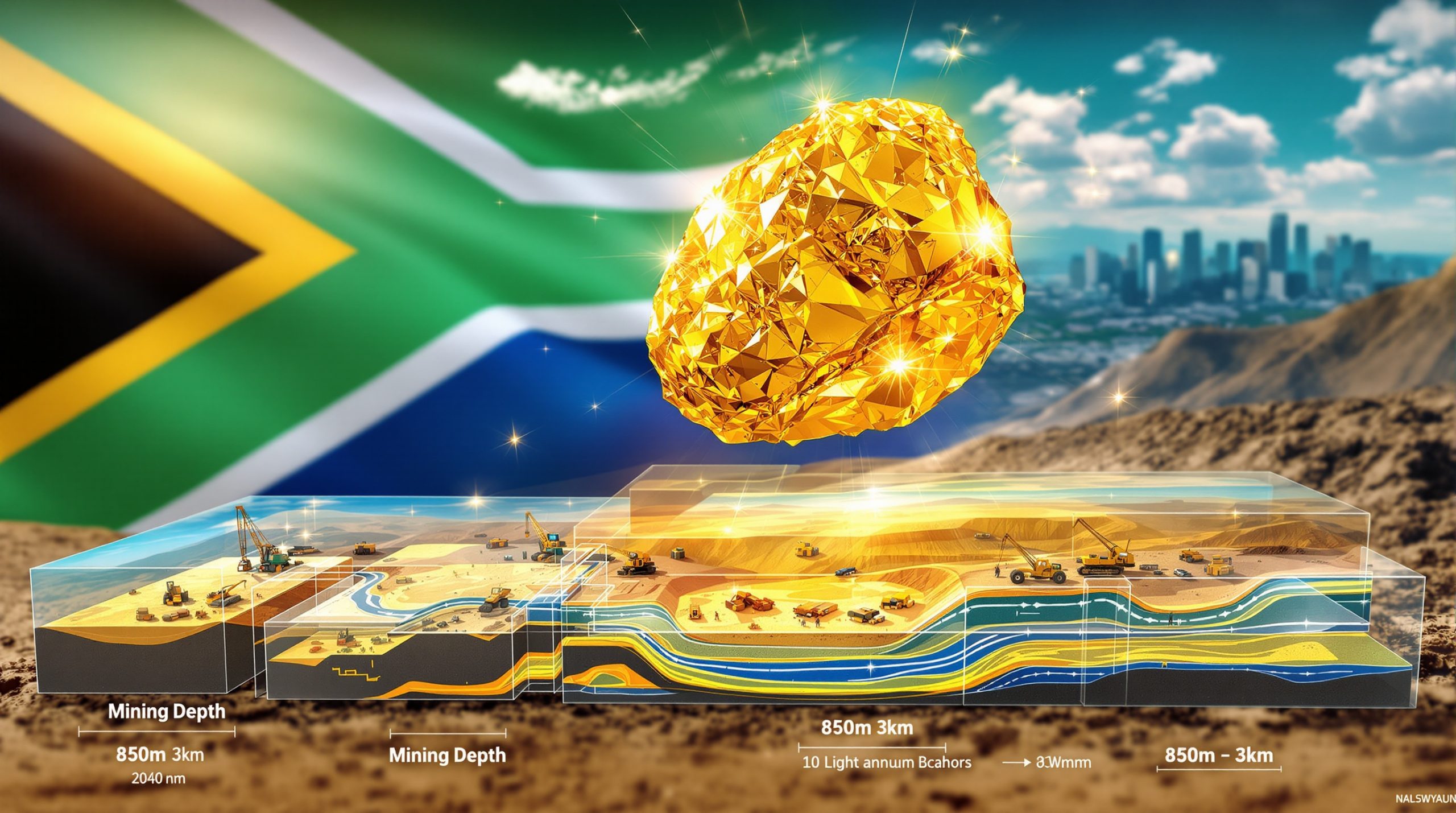Understanding Iron Ore Price Trends: BHP Results and China's Demand Outlook
Iron ore prices have continued their downward trajectory, marking the fifth consecutive session of decline in the Singapore exchange. This bearish trend coincides with mining giant BHP Group Ltd. reporting weakened profits, primarily due to softer Chinese demand and abundant global supply. The combination of these factors has created significant pressure on iron ore price trends with ripple effects throughout the metals sector.
Current Market Status
Iron ore futures in Singapore fell by 0.5% to $100.95 per ton as of midday local time, according to recent market data. This decline represents part of a broader pattern, with the steelmaking ingredient losing as much as 0.6% in value during recent trading sessions. Simultaneously, yuan-denominated futures on the Dalian exchange have shown similar downward movement, reflecting consistent market sentiment across different trading platforms.
The price decline is particularly significant as it occurs against a backdrop of generally mixed performance in related metals markets. This divergence suggests that iron ore's challenges may be more structural than cyclical, driven by specific supply-demand imbalances rather than broad commodity market trends.
Steel contracts in Shanghai have also experienced downward pressure, indicating that weakness extends throughout the steel production value chain. This parallel movement confirms the interconnected nature of these markets and the compounding effect of softening demand.
BHP's Financial Performance
BHP, one of the world's largest mining companies, has directly attributed its profit decline to "weaker iron ore and coal prices" in its recent earnings statement. The company's financial results serve as a bellwether for the broader mining sector, offering valuable price forecast insights and future trajectory.
Interestingly, BHP reported that rising earnings from its copper assets have partially offset the pressure on iron ore and coal segments. This performance divergence highlights the benefits of portfolio diversification in the mining sector, where different commodities respond to varying market drivers and economic conditions.
The company's ability to weather iron ore market weakness through strong performance in other segments demonstrates the strategic importance of maintaining exposure across multiple resource categories. This approach provides natural hedging against volatility in any single commodity market.
How Is China's Economic Situation Affecting Iron Ore Markets?
China's economic transition continues to be the dominant factor influencing global iron ore demand. As the world's largest steel producer and iron ore consumer, changes in Chinese economic activity have outsized effects on market dynamics and pricing trends.
China's Evolving Demand Landscape
The steel market "has stuttered as the Chinese economy matures and a years-long property slump there shows no sign of ending," according to market analysis. This structural shift represents a fundamental change in China's development model, moving away from the infrastructure and property-led growth that drove massive iron ore consumption in previous decades.
Despite these challenges, there are some positive indicators for future demand. According to BHP's economic and commodity outlook published recently, "China's export growth may slow, but it will likely remain elevated due to the country's competitiveness." This assessment suggests that while the property sector remains weak, manufacturing for export could provide some support for steel demand.
The transition toward a more consumption-driven economic model in China has long-term implications for iron ore demand insights. While overall volume growth may moderate, the quality requirements for iron ore could increase as steel producers focus on higher-value products and improved environmental performance.
Infrastructure Investment Signals
Recent infrastructure announcements from Beijing, including a major dam project in Tibet, "underscore Beijing's policy flexibility," according to BHP's analysis. These projects indicate that Chinese authorities maintain the capacity and willingness to stimulate economic activity through traditional infrastructure development when needed.
Infrastructure projects typically require substantial steel inputs, creating potential support for iron ore demand even as the property sector continues to struggle. The scale and timing of these projects will be critical factors in determining their impact on steel consumption and, by extension, iron ore prices.
The strategic importance of these infrastructure announcements extends beyond their immediate economic impact. They signal Beijing's commitment to maintaining economic growth targets through targeted investments, even as broader structural reforms continue to reshape the Chinese economy.
What's the Long-Term Outlook for Iron Ore Markets?
Despite current market challenges, industry leaders maintain cautious optimism about long-term fundamentals. The balance between supply adjustments and evolving demand centers will likely determine future market conditions.
BHP's Strategic Perspective
BHP's Chief Executive Officer Mike Henry "expressed confidence in an earnings statement in the 'long-term fundamentals of steelmaking materials, copper and fertilizers.'" This outlook from a major market participant suggests that while short-term volatility may persist, the structural demand for these materials remains sound.
The company's BHP strategic pivot across diverse commodity segments reflects its assessment of future growth opportunities. By maintaining core exposure to steelmaking materials while expanding in copper and fertilizers, BHP is adapting to evolving global demand patterns while preserving its traditional strengths.
This balanced approach acknowledges the maturation of Chinese demand while positioning for growth in emerging markets and in commodities that support global energy transition and food security. The strategy represents a calculated response to changing global economic patterns rather than a fundamental shift away from traditional mining priorities.
Global Supply-Demand Balance
Current market conditions reflect abundant global supply relative to demand, creating downward pressure on prices. Major producers have generally maintained production levels despite price weakness, contributing to market oversupply and inventory accumulation.
The supply response to lower prices has been limited, with major miners continuing to operate profitably even at reduced price levels due to their position on the global cost curve. This resilience means that supply curtailment typically requires sustained price weakness rather than short-term volatility.
Market sentiment indicators suggest cautious positioning among traders and investors, with concerns about Chinese demand offsetting potential optimism from infrastructure announcements. This sentiment dynamic creates additional headwinds for price recovery in the near term.
How Is India Reshaping the Global Iron Ore Market?
While China remains the dominant influence on global iron ore markets, India's evolving role represents a significant shift in the market landscape with important implications for future demand patterns.
India's Evolving Role
India has historically been a significant iron ore exporter, supplying "an average of 30 million tons of iron ore annually over the past nine years" to global markets. However, this position is changing as domestic demand grows and supply constraints emerge.
According to Graham Slack, BHP's head of market analysis and economics, India "is likely to become an 'opportunistic importer,' particularly during periods of domestic supply disruption." This transition from net exporter to potential importer represents a fundamental shift in global iron ore trade flows.
The implications of this change extend beyond simple volume metrics. As Indian steel producers increase their focus on quality and consistency, their import requirements may favor premium grades and pelletized products, potentially creating new market opportunities for producers of higher-quality iron ore.
Growth Drivers in Indian Market
"Infrastructure spending and manufacturing expansion in India are expected to drive a sharp rise in metals demand," according to industry experts. This growth trajectory mirrors China's earlier development pattern, though likely at a different scale and pace.
India's infrastructure deficit remains substantial, creating significant potential for steel-intensive construction projects in transportation, energy, and urban development. The government's commitment to addressing these deficits through increased spending provides a structural foundation for growing steel demand.
The manufacturing sector's expansion, supported by initiatives like "Make in India," creates additional demand for steel across diverse industries including automotive, machinery, and consumer goods. This broad-based growth provides resilience against sector-specific downturns and supports consistent demand growth.
What Are the Investment Implications for Mining Companies?
The evolving iron ore market landscape creates both challenges and opportunities for mining companies, requiring strategic adjustments to positioning and capital allocation.
Portfolio Diversification Benefits
BHP's recent financial results demonstrate the value of commodity diversification, with the company reporting that "rising earnings from its copper assets offset the pressure on iron ore and coal." This performance divergence highlights how exposure across multiple commodities can reduce earnings volatility.
Copper's strong performance relative to iron ore reflects different supply-demand fundamentals and its critical role in energy transition technologies. This divergence underscores how different commodities respond to varying economic drivers, creating natural hedging opportunities within diversified portfolios.
Companies with concentrated exposure to iron ore face greater earnings volatility in the current environment, potentially limiting their financial flexibility and strategic options. This risk may accelerate diversification efforts among traditionally iron ore-focused producers.
Strategic Positioning for Market Evolution
Adapting to China's maturing economy requires mining companies to reassess traditional growth assumptions and development timelines. Companies that previously relied on consistent Chinese demand growth must now adopt more nuanced approaches to project development and expansion timing.
Capitalizing on emerging market opportunities, particularly in India, requires developing market-specific strategies that address unique infrastructure, regulatory, and quality requirements. Companies with existing relationships and operational experience in these markets may enjoy competitive advantages as demand centers shift.
Balancing short-term market response with long-term strategic positioning remains a central challenge. While current price weakness may justify capital discipline and reduced exploration spending, companies must maintain development pipelines to position for future growth opportunities.
FAQ: Iron Ore Market Dynamics
Why are iron ore prices falling despite infrastructure announcements in China?
Multiple factors are contributing to price weakness despite positive infrastructure signals. Supply abundance remains a primary driver, with global production capacity exceeding current demand requirements. This oversupply situation creates persistent downward pressure on prices regardless of incremental demand improvements.
Structural changes in China's economic model have fundamentally altered the relationship between policy announcements and materials demand. As the economy shifts toward services and consumption, the materials intensity of growth has declined, reducing the impact of traditional stimulus measures on commodity demand.
There is typically a significant time lag between infrastructure project announcements and material demand increases. Major projects require lengthy planning, approval, and early construction phases before reaching peak materials consumption periods. This delay means that recent announcements may not translate to increased demand for several quarters.
How do currency fluctuations impact iron ore pricing?
The relationship between yuan-priced futures on the Dalian exchange and Singapore dollar-denominated contracts creates complex currency effects on global iron ore markets. Relative strength or weakness in these currencies can create pricing divergence and arbitrage opportunities between markets.
Exchange rate movements directly affect producer margins, particularly for mining companies with production costs denominated in currencies different from their revenue currencies. Australian iron ore leadership benefits when the Australian dollar weakens against the US dollar (the primary pricing currency for iron ore).
Many major mining companies employ sophisticated currency hedging strategies to manage these risks, stabilizing cash flows and improving planning certainty. These hedging activities can sometimes create additional market dynamics as large positions are established or unwound.
What indicators should investors watch for potential market reversals?
Key Chinese economic data points provide critical insights into potential demand shifts. Manufacturing PMI readings, steel production statistics, and property market indicators offer forward-looking signals about steel consumption trends and, by extension, iron ore demand.
Policy announcements from major consuming nations, particularly regarding infrastructure spending, environmental regulations, and industrial production, can significantly impact market sentiment and price trajectories. The specificity, funding commitments, and implementation timelines associated with these announcements determine their market impact.
Production adjustments from major miners represent important supply-side signals. Announcements regarding project delays, capacity reductions, or maintenance schedules can indicate how producers view market conditions and their expectations for future price movements.
Price Performance Comparison: Iron Ore vs. Other Metals
Recent Price Movements
Iron ore recently fell 0.5% to $100.95 a ton in Singapore, continuing its downward trend amid broader market uncertainty. This performance contrasts with some other metals, highlighting the specific challenges facing iron ore markets.
Copper rose 0.3% on the London Metal Exchange during the same period, demonstrating its relative strength and different demand drivers. Copper's role in energy transition applications, including electric vehicles and renewable energy infrastructure, has created support for prices despite broader economic concerns.
Aluminum dropped 0.3% on the LME, showing similar weakness to iron ore but for different underlying reasons. Energy costs and production constraints play a more significant role in aluminum pricing dynamics compared to iron ore's demand-driven challenges.
Nickel also traded lower, continuing a period of weakness following earlier supply concerns and price volatility. This across-the-board weakness in several industrial metals suggests some common macroeconomic pressures despite different individual market fundamentals.
Factors Driving Divergent Performance
Supply-demand balances vary significantly across metal categories, creating performance divergence. Copper markets face potential long-term supply constraints due to declining ore grades and limited new project development, contrasting with iron ore's relative supply abundance.
End-use sector performance variations significantly impact different metals. Copper benefits from energy transition applications and electronics manufacturing, while iron ore remains heavily dependent on traditional construction and manufacturing sectors.
Regional demand differences also affect specific metals differently. While Chinese demand remains critical across all industrial metals, the relative importance of European, North American, and other Asian markets varies by metal, creating different sensitivity to regional economic conditions.
Navigating Iron Ore Market Uncertainty
Key Monitoring Points
Chinese policy developments remain the most critical factor for iron ore markets. Investors should closely monitor both explicit policy announcements and implicit signals regarding economic priorities, particularly the balance between growth targets and structural reforms.
Major miners' production strategies provide important supply-side signals. Announcements regarding expansion plans, production guidance, or project timelines offer insights into how these key market participants view future market conditions.
Emerging market demand growth, particularly from India, represents a potential counterbalance to moderating Chinese consumption. The pace and scale of India's steel sector development will be increasingly important for global iron ore demand projections.
Infrastructure project implementation timelines determine the translation of announcements into actual materials demand. Tracking project progression from approval through various construction phases helps predict demand materialization timing.
Strategic Considerations for Stakeholders
Balancing short-term price volatility with long-term fundamentals requires disciplined investment approaches. While current market conditions create challenges, the essential role of steel in economic development ensures continued demand for iron ore over longer time horizons.
Geographic diversification of supply chains has become increasingly important as trade patterns evolve and geopolitical considerations influence market access. Producers and consumers alike benefit from maintaining flexibility in sourcing and distribution networks.
Adaptation to evolving demand centers requires market-specific strategies that address unique requirements and opportunities. Companies that develop deep understanding of emerging markets like India position themselves advantageously for the next phase of global iron ore market development.
Iron ore market participants must navigate significant uncertainty while maintaining operational discipline and strategic focus. Despite current challenges, the fundamental importance of steelmaking materials in global economic development ensures their continued relevance in a changing world.
Ready to Identify the Next Major Mineral Discovery?
Discover why significant mineral findings can lead to exceptional market returns by exploring Discovery Alert's dedicated discoveries page, where their proprietary Discovery IQ model transforms complex mineral data into actionable investment insights that give you a market-leading advantage.




